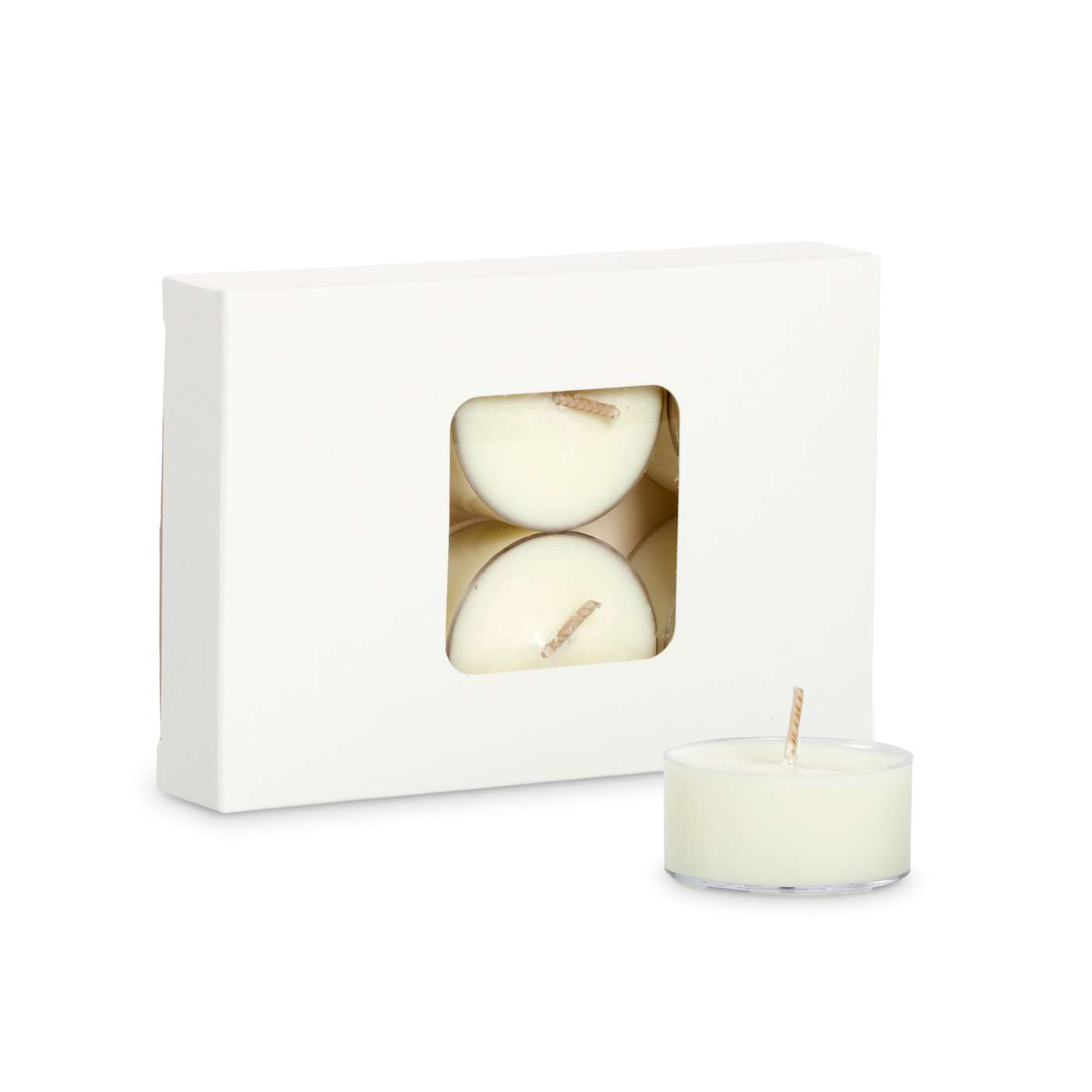Develop Atmosphere with Handcrafted Soy Wax Candles and Home Fragrance
Develop Atmosphere with Handcrafted Soy Wax Candles and Home Fragrance
Blog Article
From Wick to Wax: Recognizing the Chemistry Behind Soy Wax Candles and Their Ecological Effect
As we brighten our areas with the warm radiance of candles, there exists a realm of intricate chemistry behind the relatively easy act of lighting a soy wax candle light. The option in between soy and paraffin wax extends beyond plain visual appeals, diving into the world of environmental effect and the very composition of the products. Comprehending the molecular framework of soy wax and its combustion procedure drops light on the exhausts released right into our environments. Join us as we decipher the clinical complexities behind soy wax candles and discover their implications on our environment.
Soy Wax Vs. Paraffin Wax
When comparing soy wax and paraffin wax for candle making, it is essential to comprehend the distinctive qualities and benefits of each product. Soy wax is an all-natural, renewable energy acquired from soybean oil, making it eco-friendly and eco-friendly - home fragrance. On the other hand, paraffin wax is a by-product of petroleum refining, which increases worries regarding its ecological effect and sustainability
Soy wax candle lights shed cleaner and emit less residue contrasted to paraffin wax candles, making them a much healthier selection for interior air top quality. In addition, soy wax has a reduced melting factor, permitting for a longer-lasting candle light that spreads scent better. Paraffin wax, on the other hand, tends to melt faster and less cleanly, possibly launching unsafe chemicals right into the air.
From a sustainability viewpoint, soy wax is preferred for its biodegradability and renewable sourcing, aligning with the expanding customer choice for ecologically mindful products. While paraffin wax has been a typical selection in candle making due to its price and convenience of use, the shift in the direction of green options like soy wax is acquiring momentum in the industry.
Chemical Make-up of Soy Wax

Combustion Refine in Soy Candles
The chemical structure of soy wax directly influences the burning process in soy candles, affecting aspects such dig this as burn time, scent release, and ecological impact. When a soy candle is lit, the heat from the flame melts the wax near the wick.
The burning performance of soy candle lights is affected by the purity of the soy wax and the quality of the wick. Additionally, soy wax candles have a lower ecological impact compared to paraffin candles due to their eco-friendly and eco-friendly nature.

Environmental Advantages of Soy Wax

Considered a sustainable alternative to standard paraffin wax, soy wax supplies remarkable ecological advantages that make it a preferred option amongst eco-conscious customers. One considerable benefit of soy wax is its renewable sourcing. Soy wax is derived from soybean oil, which is primarily cultivated in the USA. The cultivation of soybeans helps support local farmers and lowers the reliance on non-renewable fossil gas used in paraffin wax production. Furthermore, soy wax is biodegradable, meaning it damages down naturally without releasing damaging toxins right into the environment. This particular makes soy wax candle lights a much more ecologically friendly alternative compared to paraffin wax candle lights, which are made from oil, a non-renewable resource. In addition, soy wax burns cleaner and generates much less residue than paraffin wax, contributing to far better interior air high quality and reducing the requirement for cleansing and maintenance. Generally, the ecological find out here advantages of soy wax align with the expanding need for lasting and environmentally friendly products on the market.
Recycling and Disposal Considerations
Reusing and proper disposal of soy wax candle lights play an important duty in preserving environmental sustainability and decreasing waste in communities and houses. When it involves recycling soy wax candle lights, the very first step is to ensure that the candle light has burned entirely. This can be attained by permitting the candle light to melt until the wick is no more useful, and then letting the staying wax cool and strengthen. When the wax has actually strengthened, it can be meticulously eliminated from the container.

In terms of disposal, if recycling is not an option, soy wax candles are eco-friendly and can be safely dealt with in many household waste systems. Nevertheless, it is constantly recommended to contact regional recycling centers or waste monitoring services for specific get redirected here standards on candle light disposal to make certain appropriate handling and environmental security.
Final Thought
In verdict, the chemistry behind soy wax candles exposes their ecological advantages over paraffin wax candles. Soy wax, acquired from soybean oil, burns cleaner and creates much less soot when compared to paraffin wax.
When comparing soy wax and paraffin wax for candle light making, it is essential to comprehend the distinct features and benefits of each material (crystal soy candles).Soy wax candle lights burn cleaner and release less residue contrasted to paraffin wax candle lights, making them a much healthier choice for interior air quality.Considered a lasting alternative to traditional paraffin wax, soy wax provides noteworthy environmental advantages that make it a preferred selection amongst eco-conscious consumers. Soy wax burns cleaner and creates less soot than paraffin wax, adding to far better interior air high quality and lowering the requirement for cleansing and upkeep.In final thought, the chemistry behind soy wax candle lights reveals their environmental benefits over paraffin wax candle lights
Report this page